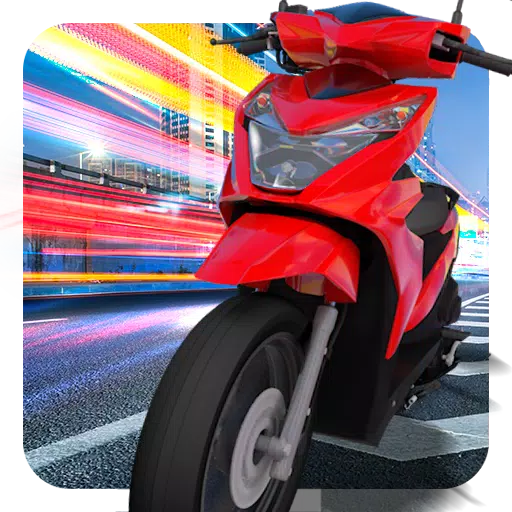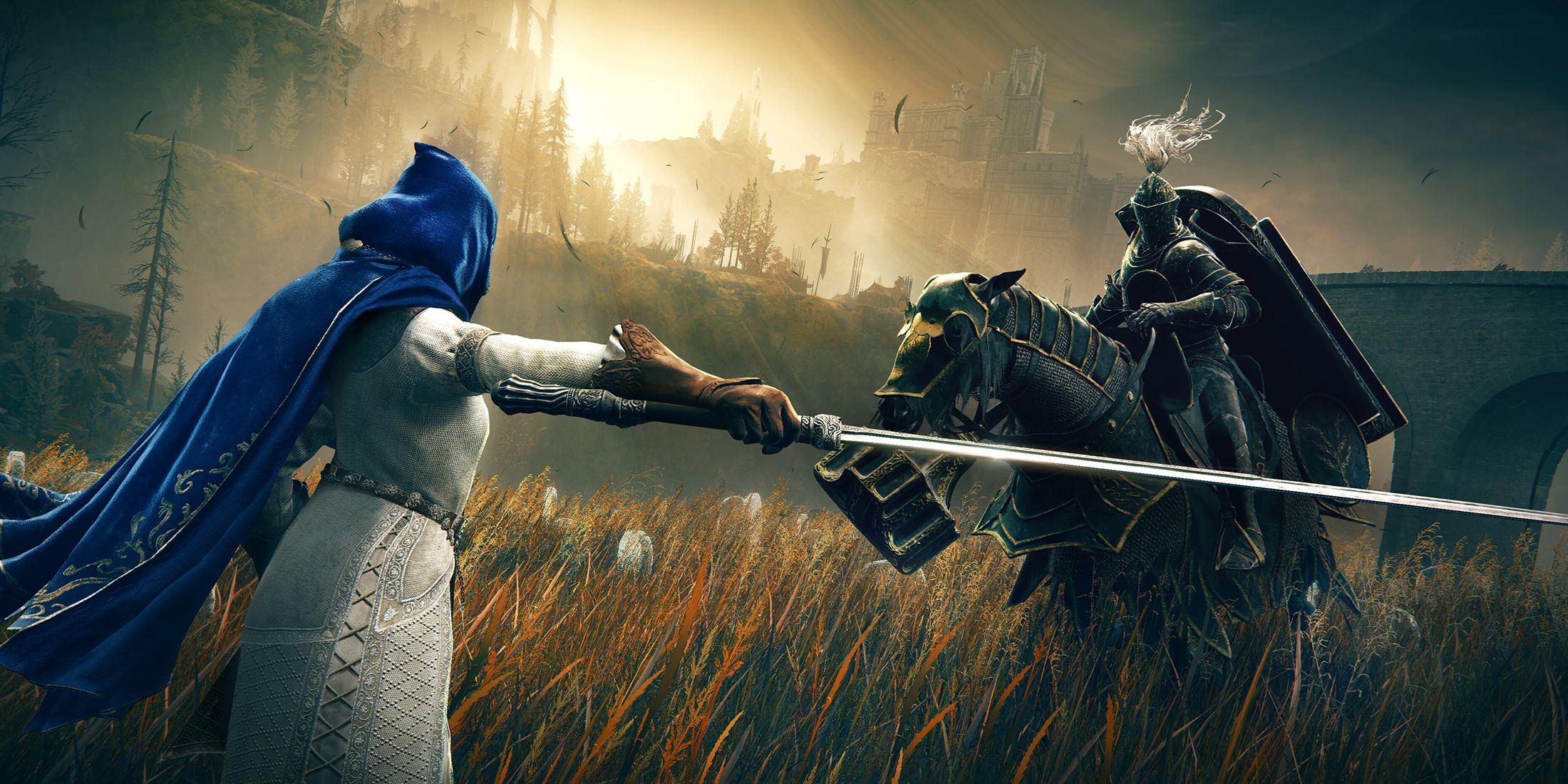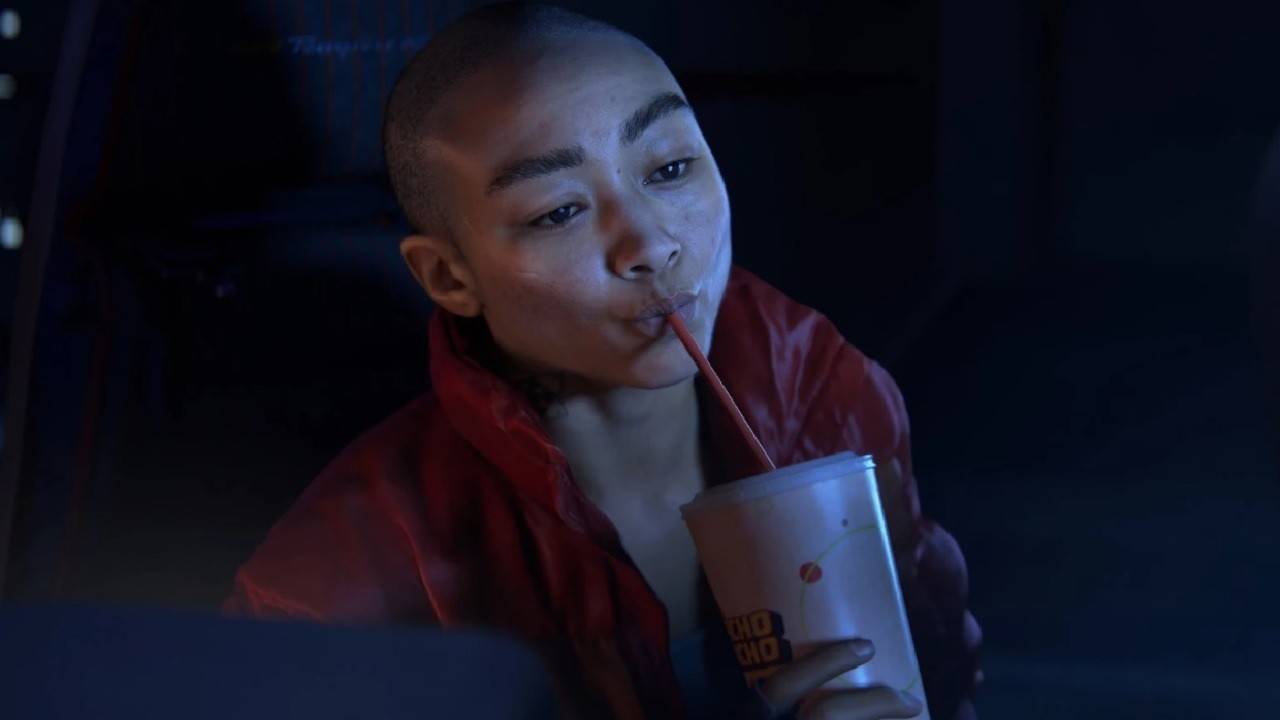Doom: The Dark Ages Redefines Combat with Marauder-Inspired Mechanics
During Xbox’s Developer Direct earlier this year, director Hugo Martin revealed that Doom: The Dark Ages embraces a “stand and fight” philosophy, a stark contrast to the relentless, fast-paced action of Doom Eternal. This shift instantly captivated me. While Eternal thrived on constant movement, one enemy—the Marauder—forced players to pause and engage strategically. A polarizing figure in Doom history, the Marauder is loathed by some yet cherished by others, myself included. When I learned that reacting to flashing green cues, a hallmark of Marauder battles, anchors the combat in The Dark Ages, I was hooked.
Rest assured, The Dark Ages doesn’t trap you in grueling duels akin to facing Eternal’s Marauder. While the Agaddon Hunter, with its impervious shield and lethal combo attacks, echoes that intensity, the Marauder’s influence permeates every foe. Reimagined and refined, the core ideas behind the Marauder shape The Dark Ages’ combat system. The outcome is a series of encounters that capture the tactical depth of a Marauder showdown without the exasperation.
The Marauder stands out as an anomaly in Doom Eternal. Most battles in Eternal involve circling arenas, mowing down weaker enemies, and juggling larger threats. Often likened to a management sim, Eternal demands you control the chaos through speed, positioning, and firepower. The Marauder disrupts this rhythm, commanding your full attention. Frequently fought solo, it requires you to sideline other enemies, dodge its strikes, and seize the moment to counterattack.
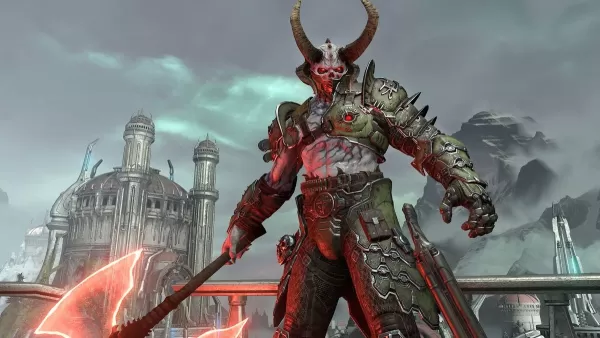
This doesn’t mean standing idle—Doom Eternal thrives on motion. It’s about claiming control through precise positioning. Too close, and the Marauder’s shotgun blast is unavoidable. Too far, and its projectiles, while dodgeable, keep you out of striking range. The key is baiting its axe swing, as the Marauder’s only vulnerability emerges during the attack’s wind-up. When its eyes glow green, that’s your signal: a fleeting moment to land a critical hit.
Doom: The Dark Ages mirrors this dynamic with its green-light mechanic. Demons unleash barrages of bullet hell-style projectiles, among which green missiles stand out. These can be parried with the Doom Slayer’s new shield, redirecting them back to their source. Early on, this serves as a defensive tactic. As you unlock the shield’s rune system, however, parrying evolves into a powerful offensive tool, stunning enemies with lightning or triggering your auto-aiming shoulder cannon.
Unlike Marauder battles, surviving in The Dark Ages doesn’t hinge solely on these green cues. Traditional weapons can still secure victory. Yet, the shield’s parry system becomes a cornerstone of your arsenal, rewarding frequent use. Mastering it requires finding the optimal distance—demons won’t fire projectiles up close—and positioning yourself to catch the green orbs. Quick reflexes seal the parry, much like timing a shot against the Marauder. This focus transforms battles into a series of intense, one-on-one skirmishes across sprawling battlefields. You stand and fight, just as you did against the Marauder.
The Marauder’s biggest critique was its disruption of Doom Eternal’s flow. Its unique demands clashed with the game’s established rhythm, requiring a shift from fluid chaos to deliberate precision. This contrast is why I adore it: while Eternal feels like a ballet, the Marauder demands a breakdance. Eternal redefined FPS conventions, and the Marauder pushed those boundaries further, presenting a singular challenge. Yet, I understand why it frustrated many.
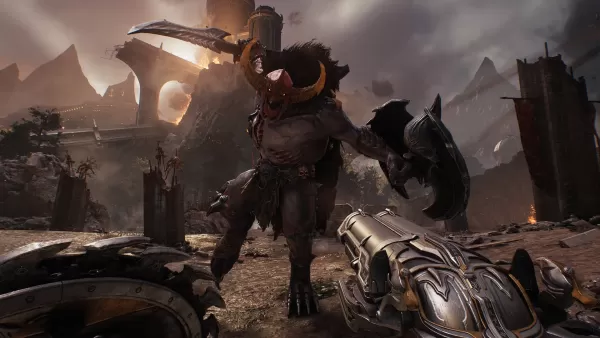
Doom: The Dark Ages resolves this by weaving varied combat styles into a cohesive experience. Each major enemy type introduces unique green projectiles or melee strikes, demanding tailored approaches. The Mancubus fires wide energy bursts with green “pillars” at each end, requiring you to weave for a parry. The Vagary hurls volleys of spheres, urging you to sprint toward deflectable shots. The Revenant, nearly mirroring the Marauder, is invulnerable until you parry its green skulls, fired in alternating patterns.
With every demon requiring distinct tactics, new enemies feel like natural extensions of the game’s flow. The Agaddon Hunter and Komodo introduce tougher melee combos, but by then, you’re accustomed to adapting on the fly. In Eternal, the Marauder’s unique demands felt jarring because the game emphasized weapon choice over positioning. The Dark Ages, however, builds reaction-based combat into its core, preparing you from the start.
The Marauder’s flaw wasn’t its concept but its sudden introduction. Doom: The Dark Ages embeds a similar reaction-driven mechanic throughout, making it intuitive rather than disruptive. The shield’s parry window is more forgiving than the Marauder’s split-second cue, even on harder difficulties, reducing the challenge’s intensity. Yet, the essence—locking into an enemy’s rhythm, waiting for the green flash, and striking—remains in every fight. Doom: The Dark Ages reinterprets these ideas distinctly, but their roots are unmistakable. You stand and fight.
- 1 Pokémon TCG Pocket: Wonder Pick Date, Time, and Promo Cards – February 2025 Mar 03,2025
- 2 STARSEED Update: Codes for January 2025 Released Feb 25,2025
- 3 Project Zomboid: All Admin Commands Jan 05,2025
- 4 How to Get All Ability Outfits in Infinity Nikki Feb 28,2025
- 5 Black Myth: Wukong Tops Steam Charts Days Before its Launch Jan 07,2025
- 6 Silent Hill f: first big trailer and details Mar 22,2025
- 7 Call of Duty Announces Black Ops 6 Updates Feb 08,2025
- 8 Ukrainian Internet Stalled as 'S.T.A.L.K.E.R. 2' Release Overwhelms Dec 30,2024
-
Budgeting & Investing: Your Guide to Financial Apps
A total of 9
-
Addictive Hypercasual Games for Quick Play
A total of 10
-
Best Role Playing Games for Android
A total of 10





